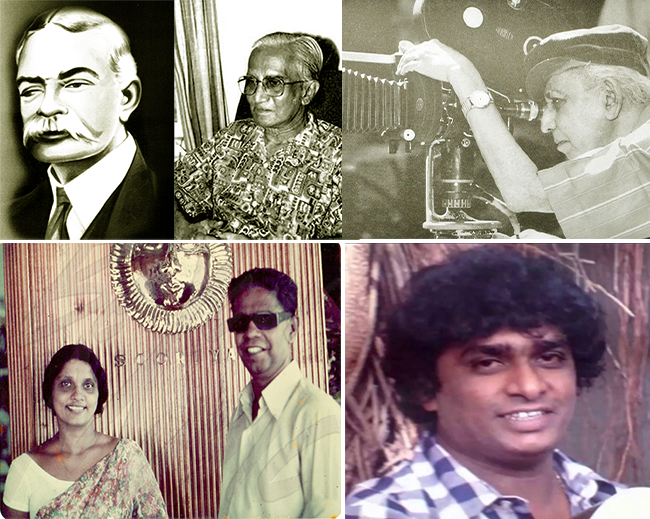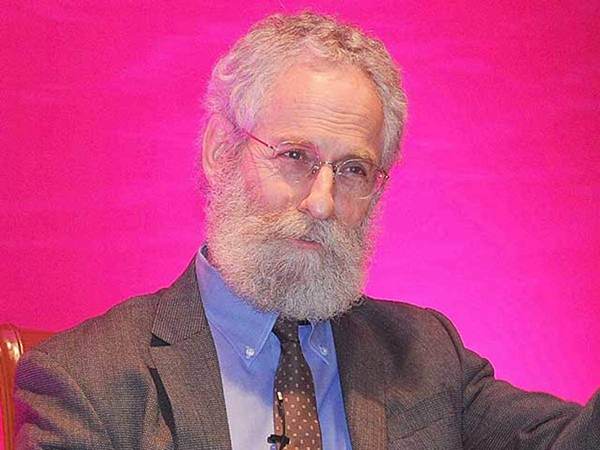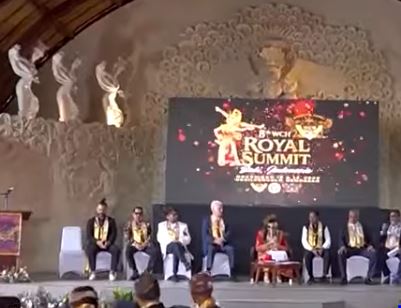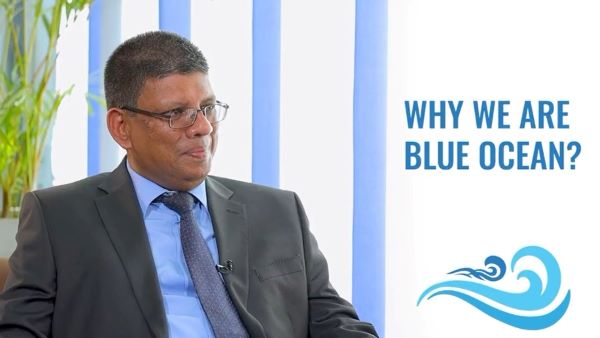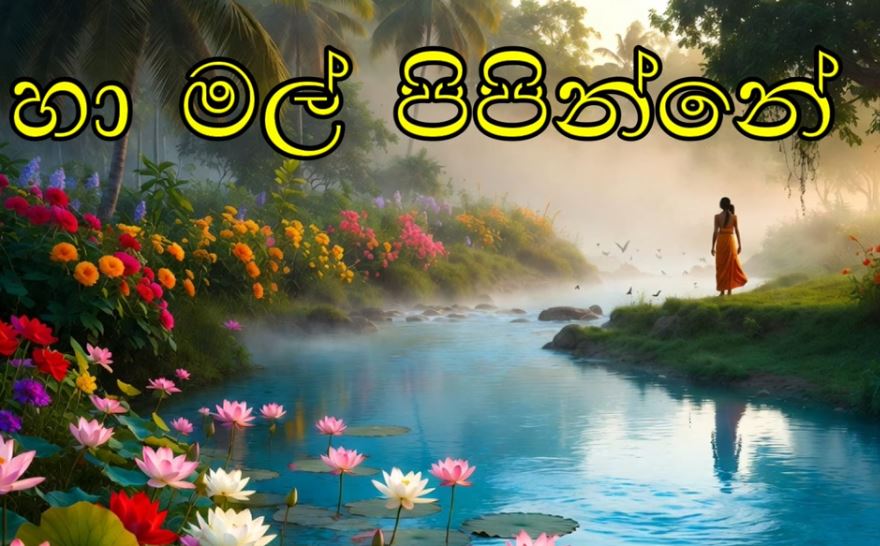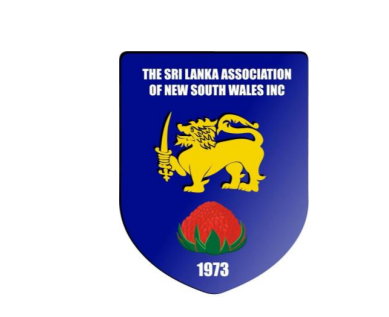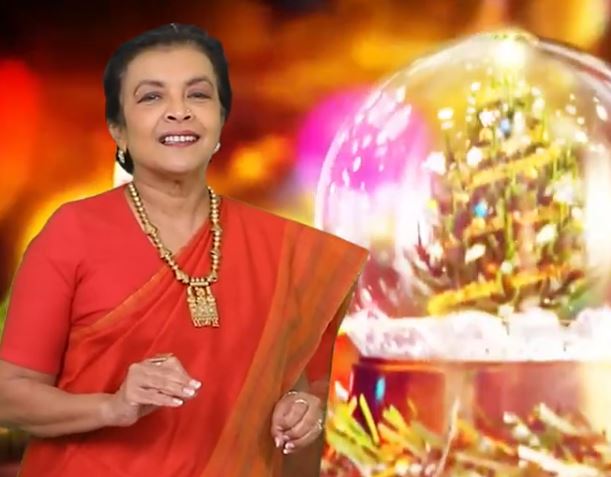Some more reflections on Sinhala pop music-By Uditha Devapriya
Source:Island
The pioneers of the cultural revival which materialised in countries like Sri Lanka in the early 20th century laid the groundwork for the evolution and modernisation of the arts in the region. Yet many of these pioneers were traders and merchants, commercial capitalists or in other words practical men, who sought profits from the very revival they patronised. How is one to view this? As Tissa Abeysekera has pointed out rightly in the context of the cinema, it’s all fine to deplore the commercialisation of the arts, but if the arts are to be revived in countries like ours, we need to recognise the fact that they include a significant commercial element. It is against this backdrop that we must view not just the theatre of John de Silva, but more importantly the pop music revival of the 1960s.
In my column last Monday, I contended that the two processes which undergirded the indigenisation of the arts in Sri Lanka after independence, namely free education and linguistic nationalism, had a profound say in the refinement of these cultural forms after 1956. They were felt acutely in the cinema and theatre, as well as literature, but even more substantively, I would argue, in music. Here, as in the early 20th century, commercial capitalism played a significant role, particularly with regard to the gramophone and the record label industry. These developments peaked in the late 1950s, when Sri Lanka’s first local or indigenous record label, Sooriya, entered the market.
Two motifs link this pop revival with the cultural revival of the early 20th century. Firstly, although the business of selling art would have been handled by ethnic and religious minorities, the art itself was overwhelmingly Sinhala. This made sense from a profit or commercial standpoint: Sinhala, after all, was the most widely spoken language in the country, and to a businessman concerned with profit, it would not have done to alienate such groups. He must sell them what they want. Secondly, though marketed at a Sinhala (and Buddhist) audience, the art forms themselves had mixed with disparate local, and foreign, elements. These influences were overwhelmingly Indian: the Parsi theatre, the Madras cinema, the murals of Ajanta, and so on. Thus the drive towards the indigenisation of the arts was aligned, paradoxically, with the Indianisation of art forms.
Notwithstanding these similarities, however, there was an important difference. What folk music was to the 1950s, baila was to the 1960s. The difference is that while folk music was and is seen as overwhelmingly rural-indigenous, and hence more rooted and respectable, baila represents a synthesis of Portuguese, African, and South Asian cultural elements. The paradox here was of a different order to the paradox underlying the earlier phases of the cultural revival: in effect, the pop revival of the 1960s popularised a musical form that was at once celebrated for its emancipatory potential and derided for not being local enough – or to invoke a favourite term of nationalist ideologues, for being thuppahi.
The far more neutral term peechan captures the negative connotations of these terms as well: to summon Dwight Macdonald, baila was the epitome of masscult culture, or lowbrow amusements, in Sri Lanka. As I mentioned last Monday, the task of refining this lowbrow amusement fell on the Sinhala pop revivalists of the 1960s.
This begs what is, to me, a very important question. If baila was thuppahi and peechan, or non-local and lowbrow, what of the pop revival that refined it? The most logical, sensible answer to this would be that the pop revival made baila more middle-class and respectable. Such a transformation would not have happened without the intervention of certain people and certain forces: to mention a few, a flourishing record label industry, the growth of an articulate middle-class Sinhala audience, and the indigenisation of cultural industries, the latter represented more than anything else than by the entry of local aesthetes, like Lester James Peries in cinema and a whole group of bilingual, educated writers in theatre, to fields that had earlier been associated with foreign elements.
Against this backdrop, businesses like Sooriya, and men like Sooriya’s founder Gerald Wickremesooriya, played the same role that the Parsi traders did in the early 20th century. The difference was that the one was “foreign”, and the other “local.” In other respects, there was hardly any difference: both hailed from the same class AND background, both were businessmen aware of the linkages between popular culture and commercial profit, and both were driven by the need to maximise the latter. Nevertheless, the early 20th century provided little room for enterprising locals to patronise the arts on their own: they had to rely on Indian and British patronage. By the 1960s all that had changed: a Sinhala middle-class had emerged, and they were ready to take on the mantle that their predecessors had once worn. In doing so, they went on to displace the latter.
Here we need to note that Sri Lanka, at this point of time, was living through its last few pre-crisis years. Immediately after independence it had encountered one balance of payments problem after another. But these had almost immediately been followed by a period of reform and policy detours, including political shifts like the decision to reach out to China in the early 1950s and structural shifts like the commodity boom of the Korean War. The crisis of the 1960s, which prefigured the systemic crises of the 1970s and 1980s, was very much different. The S. W. R. D. Bandaranaike government’s reforms, including the nationalisation of health and education, had the effect of widening opportunities for an articulate Sinhala middle-class. Yet such reforms had not been accompanied by the industrialisation of the economy. The result was that while State revenues were diverted to funding social welfare, the country witnessed a massive depletion of foreign reserves.
For the time being, of course, no one was aware of the freefall that the economy would witness in the 1970s. Yet these contradictions helped take forward the cultural revival of the late 1960s. Lester James Peries made his finest films in this decade, including the Ceylon Theatres trilogy, and Ediriweera Sarachchandra his finest play, Sinhabahu. The 43 Group had, in the words of Ian Goonetileke, petered out, but George Keyt was still painting and had found recognition as the country’s preeminent artist. In that sense, I think those who bemoan this period as being too constrictive, conformist, and socialist, forget that it was socialist reforms – such as the nationalisation of education – which opened the cultural industries to audiences they had not been able to reach to before. Freed if not emancipated by free education, these milieus became the biggest consumers of the arts.
I admit I have been meandering somewhat here. But if we are to put the cultural revival of the 1960s in perspective properly, we must understand that the revivalists – pioneers to some, shrewd businessmen to others – were dependent on certain processes without which they could not have reaped the dividends they did. Artistic as their work was, it would not have materialised if the right conditions were not in place. These conditions included not just free education and linguistic nationalism, but also an interventionist State, whose policies empowered a Sinhala speaking middle class to become much more than what they had been until then. In not just music, but also theatre, film, and art, their influence became much more pronounced. Part of the credit for this should be given to the 1956 election, the government it put to power, and the reforms that government oversaw.
In Modernising Composition, Garrett Field uses Sheldon Pollock’s theory of “cosmopolitan vernacularism” to explain how Sinhala songwriters and composers made folk music more palatable to mainstream audiences in the 1950s. I am not sure whether the pop revival of the 1960s can be explained using such theories. There were different impulses at work in this period, impulses that were somewhat linked to the cultural influences of the 1950s but were in many respects different to them. More than anything else, we need to note that the cultural revival of this period was considerably determined by State intervention, far more so than in the 1950s, though its intervention was felt more indirectly, through a widening of opportunities in education. This is, of course, hardly surprising. Culture is a product of the forces around it, and in the absence of such factors, it cannot thrive.
The writer is an international relations analyst, researcher, and columnist who can be reached at udakdev1@gmail.com.



